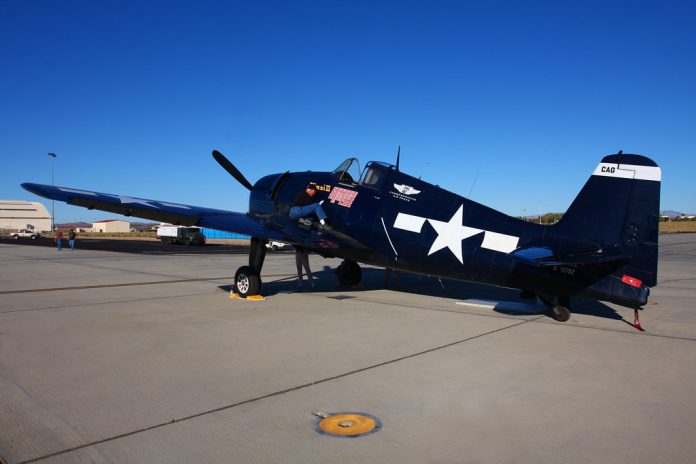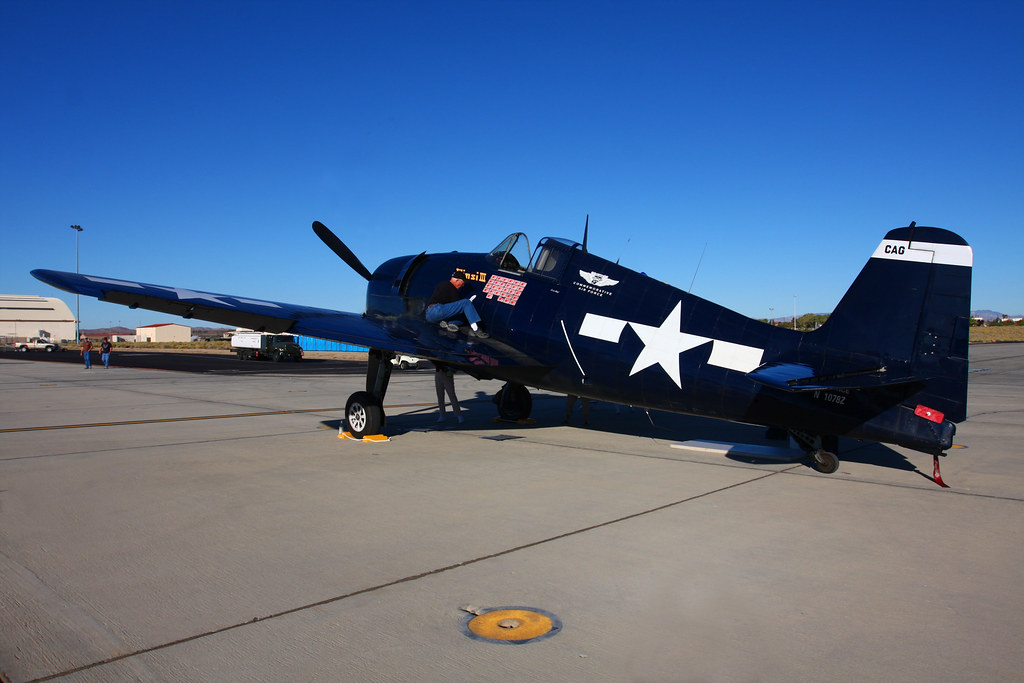
From the drafting tables to the Pacific skies, Grumman’s F6F Hellcat was an aerial legend that turned the tide of air combat in World War II. Cultivated at a record rate, the Hellcat went from test stage to wartime service in under 18 months, with the first combat flights in August of 1943 in Marcus Island raid. This plane, soon to become the U.S. Navy’s main carrier-based fighter, would become eternally immortalized in history as the Japanese Zero killer aircraft ace.
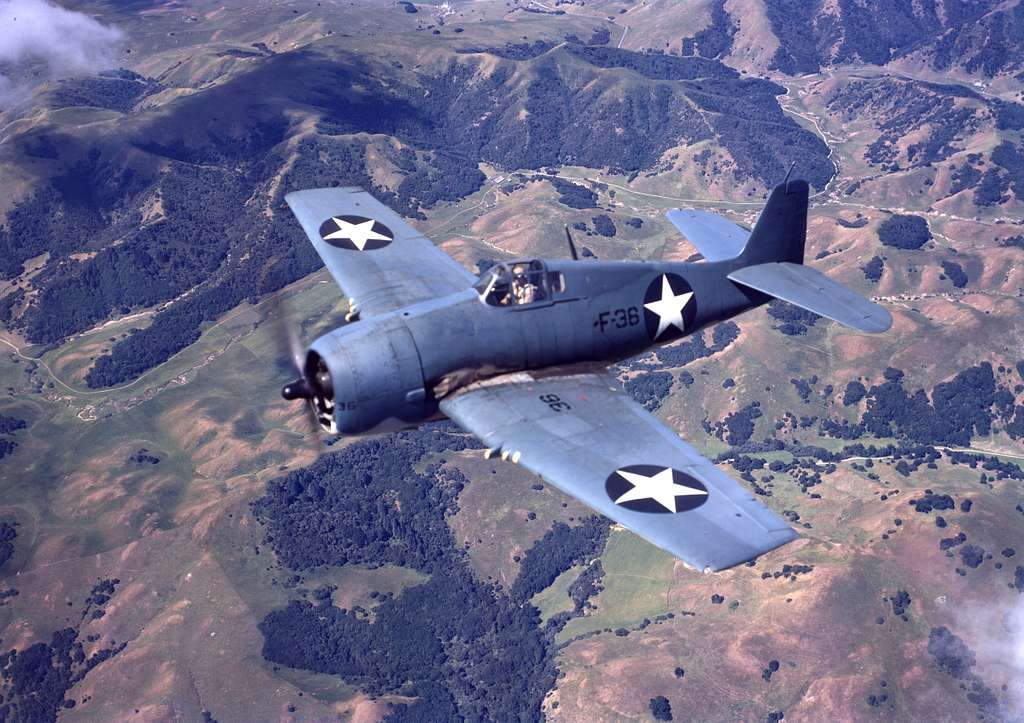
1. War-Time Development at a Breakneck Speed
Development of the Hellcat in its XF6F-1 designation was an expression of Grumman design credo: an aircraft that could be rapidly mastered by pilots and had the capability to outstall the enemy. The initial prototype flew in June 1942 with a Wright R-2600-10, but soon was fitted with the Pratt & Whitney R-2800-10.
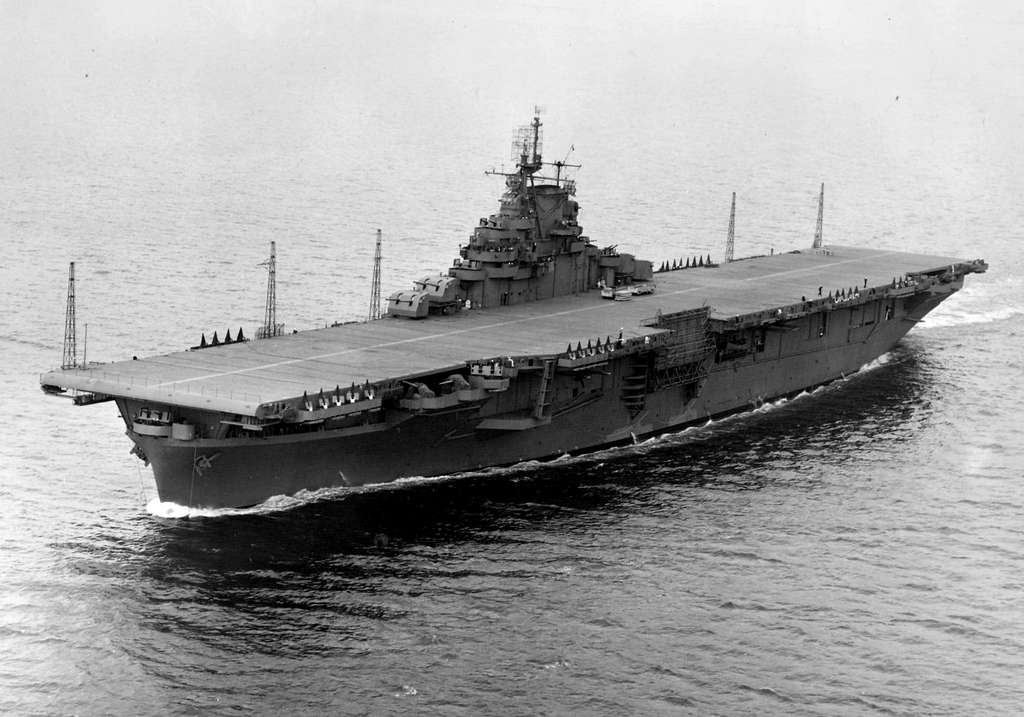
Production F6F-3 models were flying in October of that same year, and deliveries to Fighting Squadron 9 were beginning early in 1943. The Hellcat had its first combat test on August 31, 1943, on board the carrier Yorktown (CV-10) in the attack on Marcus Island.
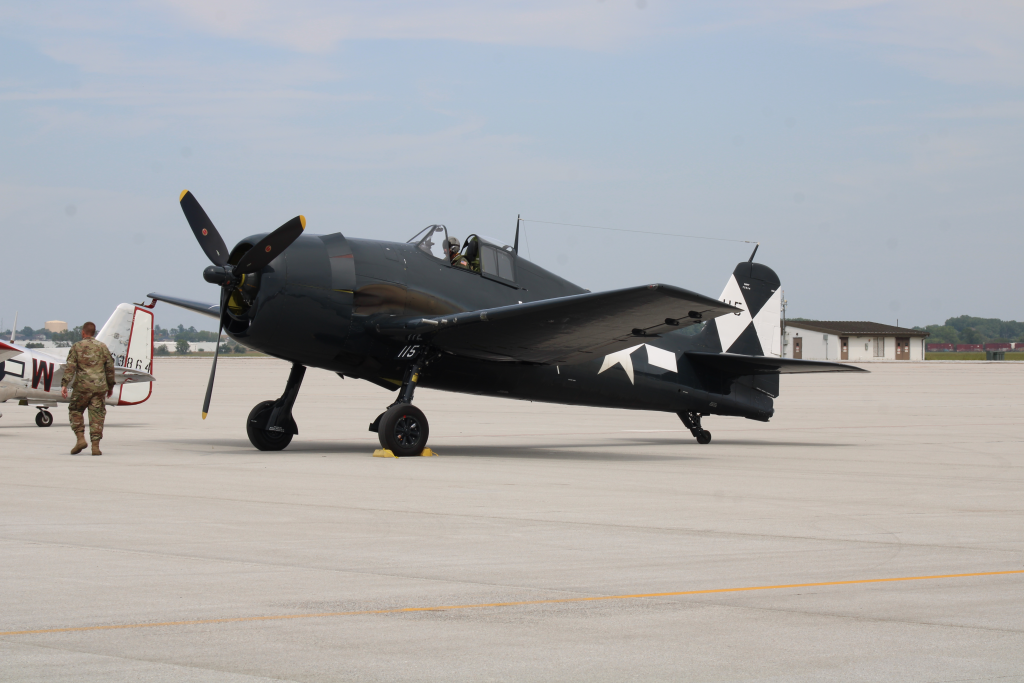
2. Development to F6F-5 Variant
As the war continued, the F6F-5 variant arrived with a series of improvements and modifications in the form of a streamlined cowling, enhanced windshield, and increased firepower with facilities for carrying a 2,000 lb bomb and rocket rails. It also mounted experimentally a combination of 20mm guns and .50-caliber machine guns. The Royal Navy, seeing the potential of the Hellcat, purchased another 1,182 F6F-3 and -5 aircraft

3. Legendary Flyers and Heroic Acts
Some of the credit for the success of the Hellcat lies in its phenomenal specifications and the bravery of its pilots. A prime example is Captain David McCampbell, the top Navy ace with 34 kills, who exhibited the utmost gallantry and flying ability.
To cite but one example, on 24 October 1944, during the Battle of Leyte Gulf, McCampbell, accompanied by his wingman Ens. Roy Rushing, engaged a group of 60 Japanese planes. Despite being outnumbered countless times, they performed the impossible, destroying 15 planes between them on a mission. McCampbell, showing the exceptional performance of the F6F, credited nine planes of his own, which earned him the Medal of Honor.
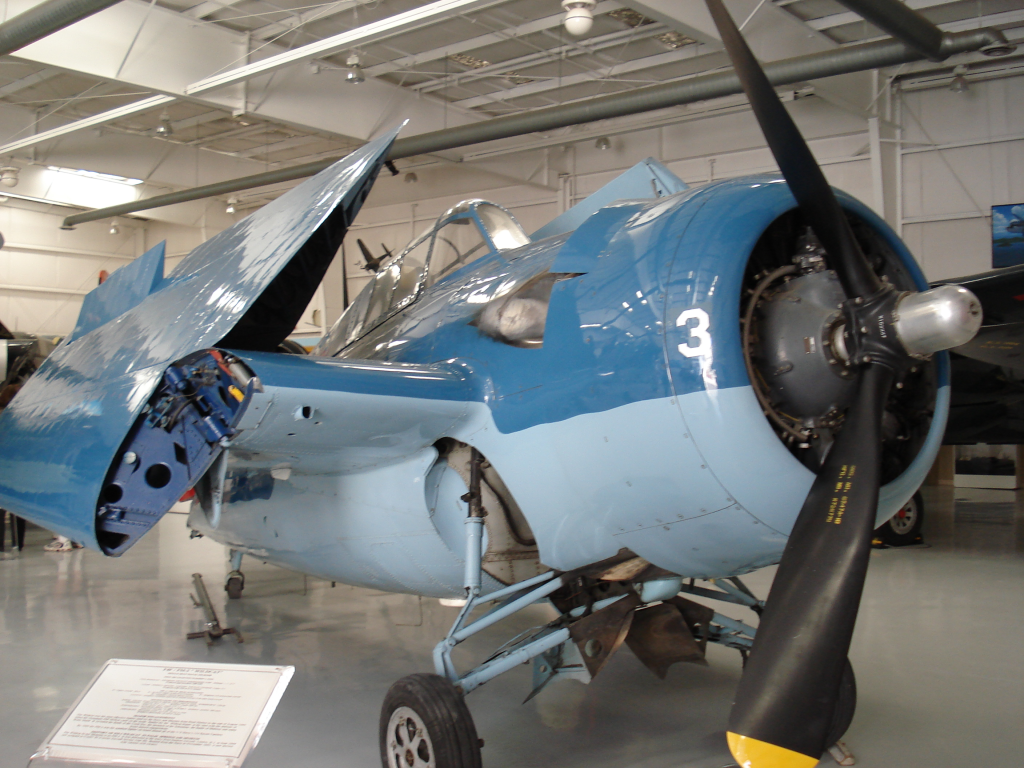
4. Superior Design Against the Zero
Captain McCampbell praised the Hellcat gratefully, acknowledging how much better it was than earlier planes like the F4F and the Buffalo, which could not match the aerial tricks of the acrobatic Zero. The Hellcat, nevertheless, was able to stand its ground, with qualities like self-sealing tanks, armor plate in the back of the pilot, and gigantic firepower. The Hellcat fired 400 rounds per weapon, enough to eliminate the enemy in short, quick spans, and prevent gun barrels from being destroyed.
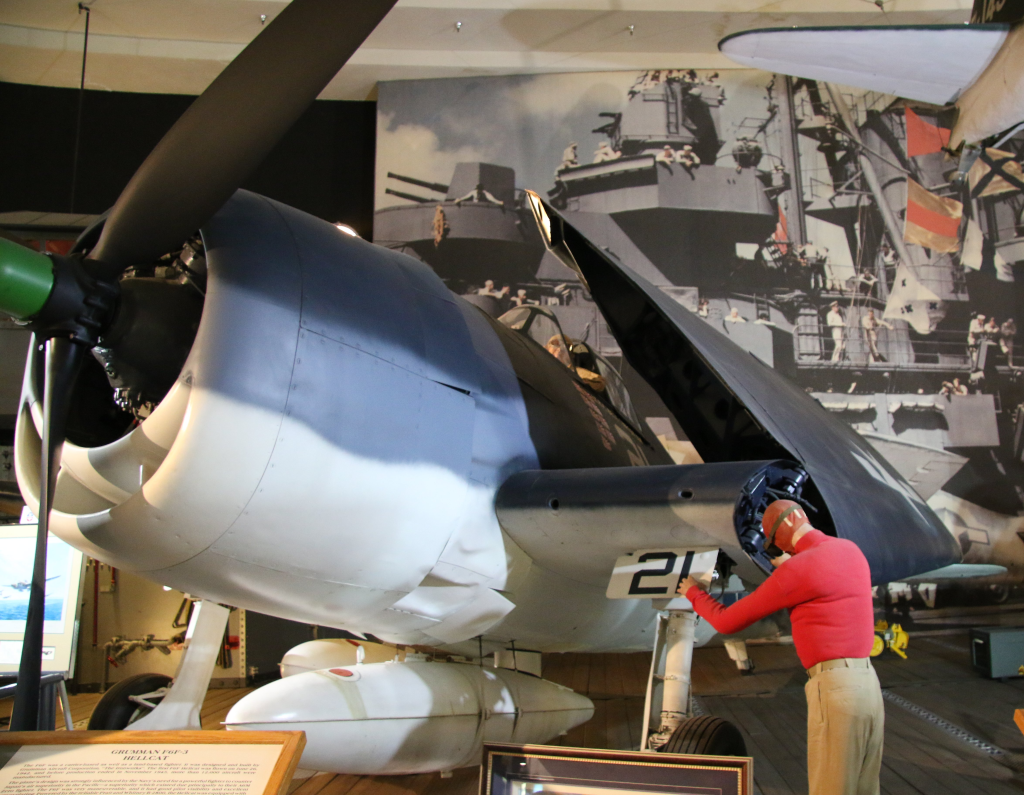
5. Industrial Power and Mass Production
The Hellcat was not just a fighting machine; it was also an emblem of American industrial prowess and brilliance. Grumman produced 12,275 Hellcats when the war broke out, a feat that is amazing if one considers the brief time period and continuous construction of the Bethpage Plant Number 3 wherein they were constructed. This magnificent industrial feat showcased how America could be put into production overdrive to address wartime foreign demand.
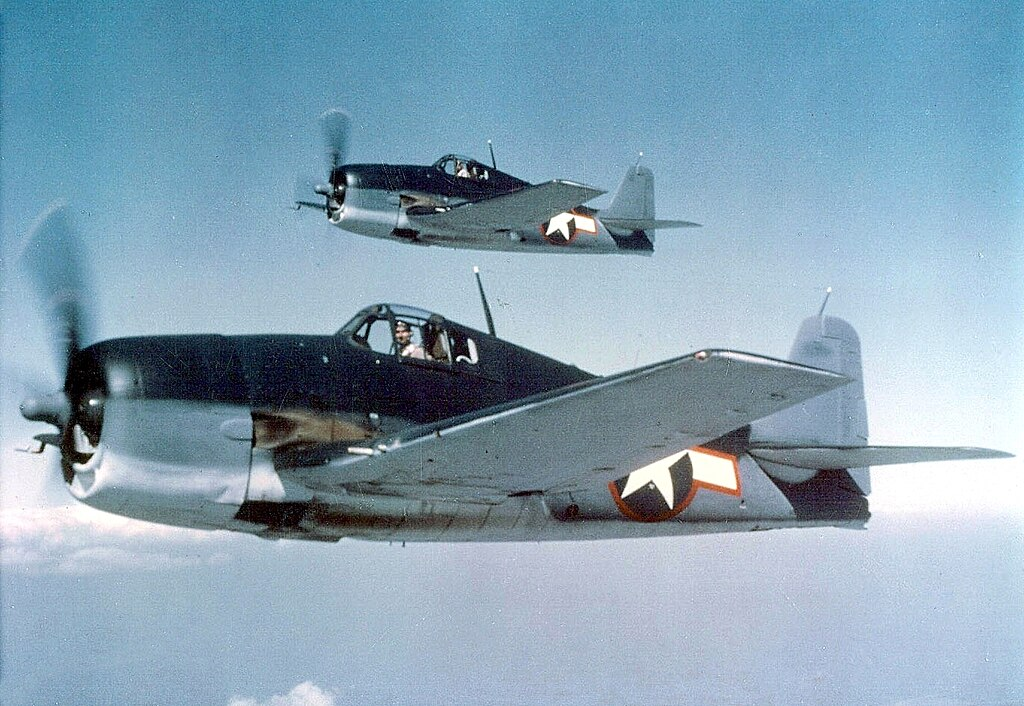
6. Combat Record and Strategic Significance
This plane, with 5,156 enemy aircraft destroyed and 75 percent of the air-to-air victories of the Navy, was not so much a weapon as it was an emblem of the United States’ resolve to attain superiority in Pacific skies. Hellcat dominance effectively nullified the Japanese Zero, tipping the proportion of air combat and making carrier forces able to operate offensively with less risk.
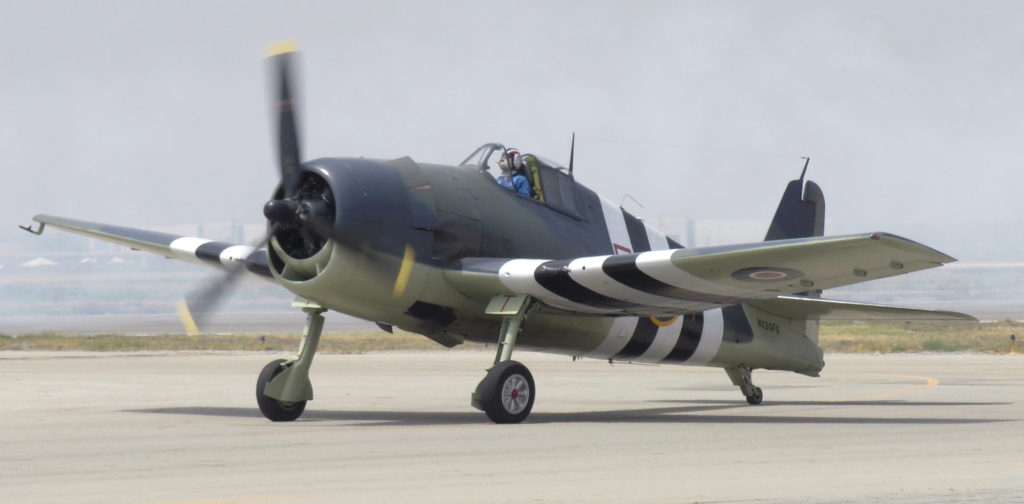
7. Lasting Legacy in Aviation History
Beyond its contribution to the war, the F6F Hellcat built a legacy for naval aviation. It set the standard for post-war pilot training and prescribed the carrier-based fighter design philosophy for all future pilots.
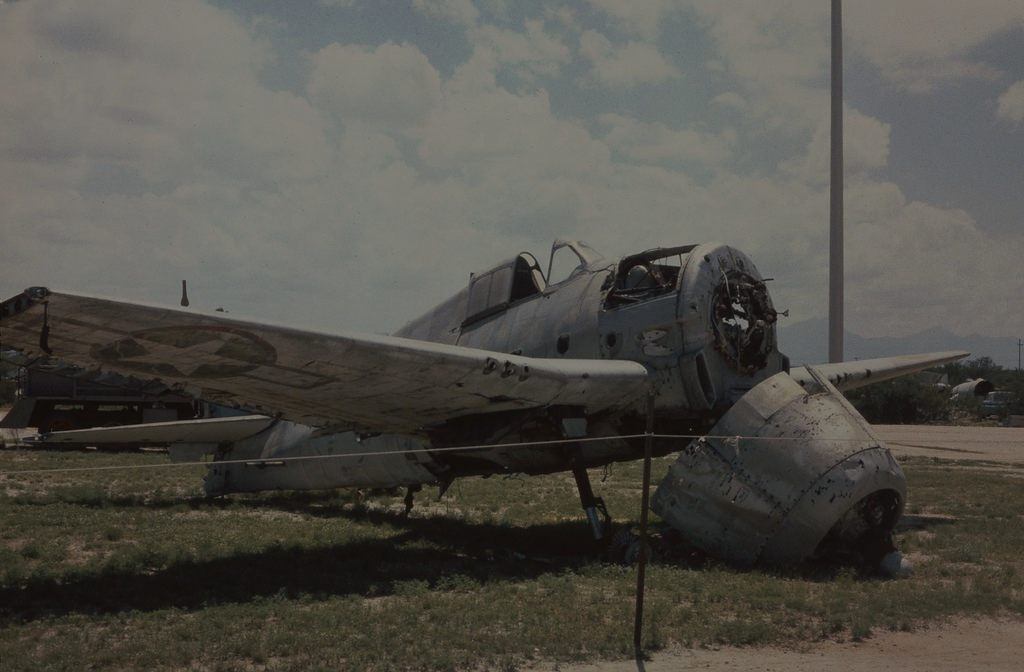
Wrecked Hellcats now lay in museums as a testament to a machine that possessed speed, longevity, and firepower in a package that determined the outcome of the Pacific War.
